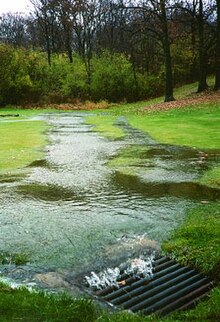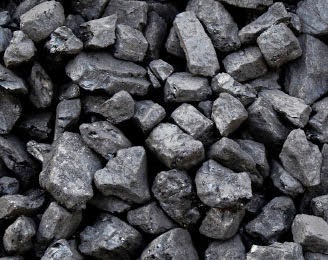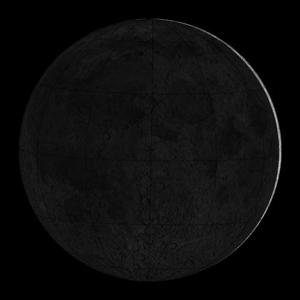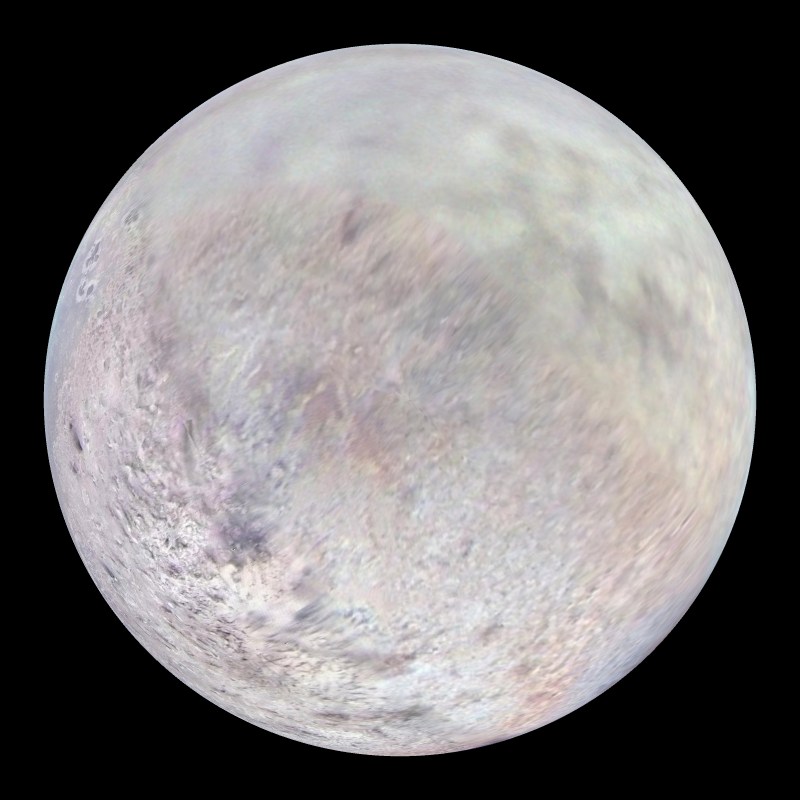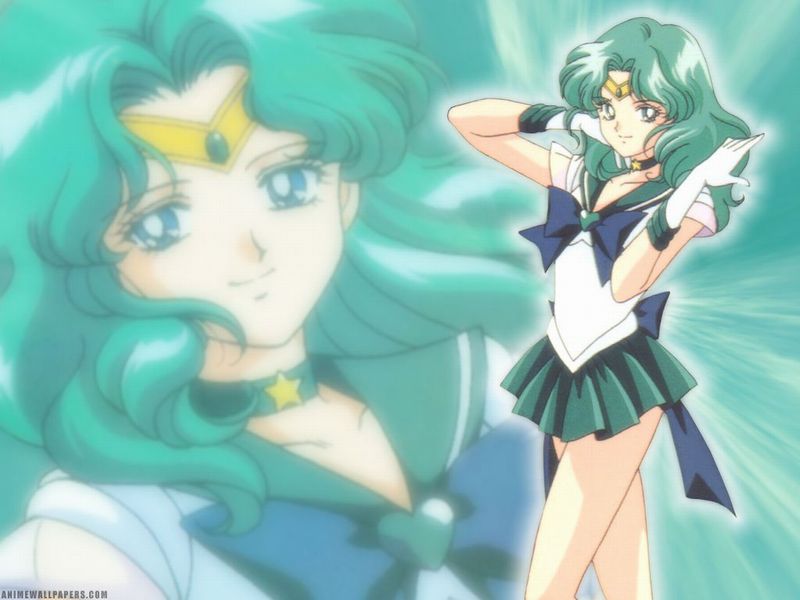Hi everyone! And once again welcome to my blog. I hope you enjoyed my last my blog on Neptune. On this blog we are going to learn about the mysterious Moon.
You know how the Moon looks so bright at night sometimes? Well that is because the Moon reflects light coming from the sun. So it makes the Moon look like it's glowing.
The Moon doesn't always appear in full circle because of the way it orbits and spins on it's axis around Earth. You see, the Moon rotates on it's axis about the same time as Earth does. So we always see the same the side of the Moon. So when it goes through phases like cresent moon and other phases its not in a full circle.
It takes about 27.3 days for the Moon to orbit earth and once every month there is Full moon. This month is called a lunar month.
Since the Moon doesn’t have a significant atmosphere, nothing can stop even the smallest meteoroids from striking its surface. As a result, the lunar surface is heavily cratered. As a matter of fact, tiny craters are quite common even on lunar rocks. This was observed on the Moon rocks brought home by the Apollo mission. The surface of the moon is very dry and dusty since there is no water on moon.

Today, there are several main theories on the origin of the Moon. The most widely accepted of these theories states that the Moon formed after a Mars-sized protoplanet (a young planet not yet fully formed), collided with the early Earth over 4 billion years ago. This massive collision produced debris that eventually coalesced due to gravitational forces to form the Moon. Some other possibilities: Some scientists believe that the moon formed when a rogue planet struck the Earth in such a great impact that it vaporized into small bodies. These vapors rose about the Earth's atmosphere where it orbited the Earth until it formed into what we call the moon, or the moon just got caught in Earth's grvatiational pull.
Guess what time it is! It fun fact time! Here are some facts about the moon.
1) No is sure how the moon formed.
2) The moon doesn't have an atmosphere.
3) Neil Armstrong was the first man to go to the moon.
Thanks for reading my blog!! See you next time. This is Science Cat saying keep learning about the moon.





